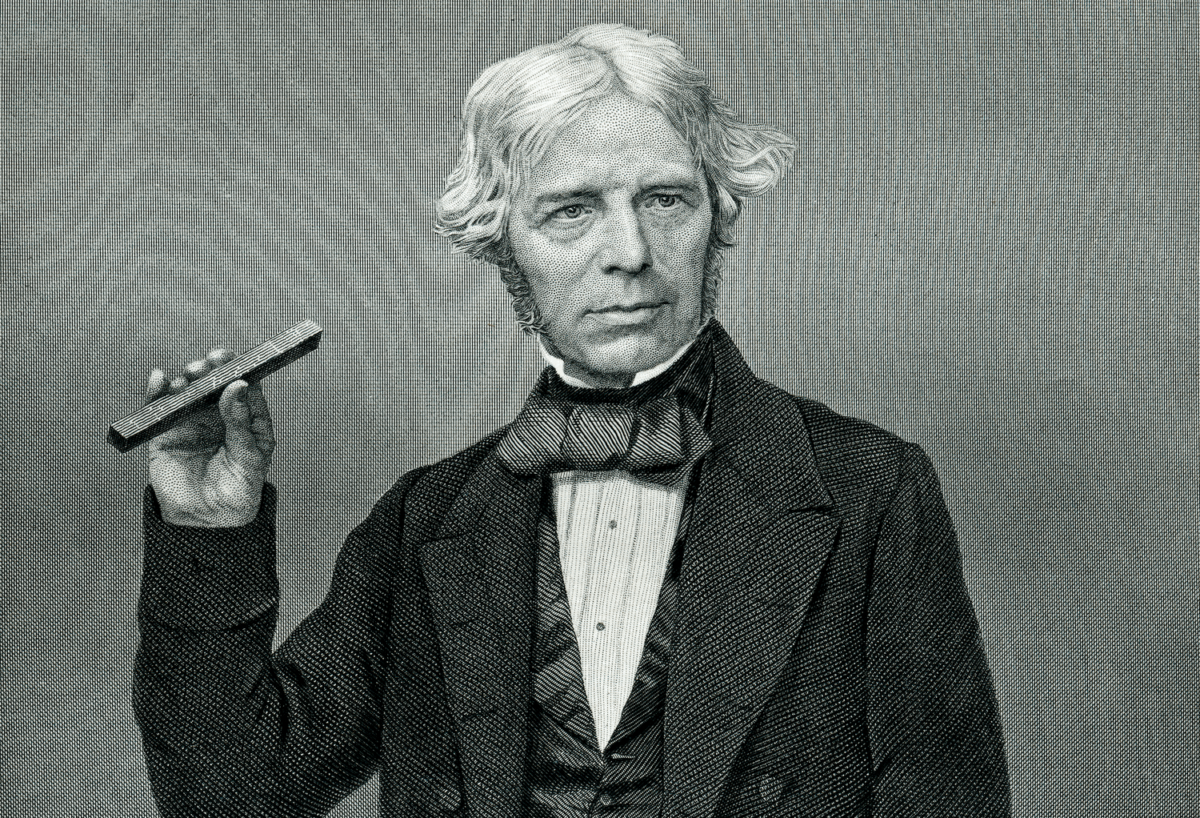Introduction:
In the realm of scientific innovation, Michael Faraday stands as a luminary whose contributions to electromagnetism and the development of the electric motor have left an indelible mark on the course of human history. Born in 1791 in Newington Butts, Surrey, England, Faraday’s journey from humble beginnings to becoming one of the most influential experimentalists and scientists of the 19th century is a testament to his insatiable curiosity and relentless pursuit of knowledge. In this extensive exploration, we delve into the life, discoveries, and lasting legacy of Michael Faraday, the ingenious inventor of the electric motor.
Early Life and Education:
1. Humble Beginnings:
- Faraday’s early life was marked by financial struggles. Born into a poor family, he received only a basic formal education.
2. Apprenticeship with Humphry Davy:
- Faraday’s fortunes changed when, at the age of 14, he secured an apprenticeship with renowned chemist and scientist Sir Humphry Davy at the Royal Institution in London.
3. Curiosity and Dedication:
- Faraday’s boundless curiosity and dedication to learning propelled him to conduct numerous experiments and immerse himself in the world of science.
Contributions to Electromagnetism:
1. Faraday’s Laws of Electrolysis (1833):
- Faraday’s groundbreaking work on electrolysis laid the foundation for understanding the relationship between electric current and chemical reactions.
2. Faraday’s Law of Electromagnetic Induction (1831):
- One of Faraday’s most pivotal contributions, this law established the principle that a changing magnetic field induces an electromotive force (EMF) in a conductor.
3. Discovery of Benzene (1825):
- Faraday’s work on the chemical compound benzene significantly contributed to the understanding of hydrocarbons and their structures.
The Electric Motor:
1. Principle of Electromagnetic Rotation (1821):
- Faraday’s initial foray into electromagnetism involved the discovery that an electric current could induce magnetic rotation. This laid the groundwork for the electric motor.
2. Invention of the Electric Motor (1822):
- Building on his previous discoveries, Faraday successfully created the first electric motor. His design consisted of a wire suspended in a pool of mercury, creating a continuous rotation through the interaction of magnetic fields.
3. Practical Applications:
- Faraday’s invention of the electric motor laid the foundation for numerous practical applications in various industries, including manufacturing, transportation, and later, the widespread use of electric power.
The Faraday Cage:
1. Shielding from Electric Fields:
- Faraday’s research also led to the development of the Faraday cage, a conductive enclosure that shields its contents from external electric fields.
2. Applications in Electronics:
- The Faraday cage finds applications in modern electronics, providing protection against electromagnetic interference and securing sensitive equipment.
Faraday’s Lectures and Public Engagement:
1. Popularization of Science:
- Faraday’s renowned Christmas Lectures at the Royal Institution aimed to make science accessible to the general public. His engaging and informative lectures garnered widespread acclaim.
2. Influence on Future Scientists:
- Faraday’s engaging teaching style inspired generations of scientists, including James Clerk Maxwell, who later formalized Faraday’s work into the equations of electromagnetism.
Legacy and Recognition:
1. Scientific Honors:
- Despite lacking a formal education, Faraday received numerous scientific honors, including the Royal Medal and Copley Medal.
2. Faraday Society and Farad:
- The Faraday Society, founded in 1903, perpetuates his legacy, and the unit of capacitance, the farad, is named in his honor.
Faraday’s Lasting Impact:
1. Electrical Revolution:
- Faraday’s work laid the groundwork for the electrical revolution, transforming society by harnessing electric power for various applications.
2. Technological Advancements:
- The electric motor, a fundamental invention, became a cornerstone of technological advancements, powering machinery, transportation, and a myriad of devices.
3. Continued Scientific Exploration:
- Faraday’s discoveries continue to influence modern physics, with his laws forming the basis for understanding electromagnetic phenomena.
Conclusion:
Michael Faraday’s legacy as the inventor of the electric motor and a trailblazer in the field of electromagnetism is a testament to the transformative power of scientific curiosity and dedication. From his early days as an apprentice to his groundbreaking experiments and inventions, Faraday’s influence extends far beyond his time. As the world continues to reap the benefits of electric power and technological advancements, we owe a debt of gratitude to the inquisitive mind and pioneering spirit of Michael Faraday, whose contributions continue to illuminate the path of scientific exploration and discovery.
